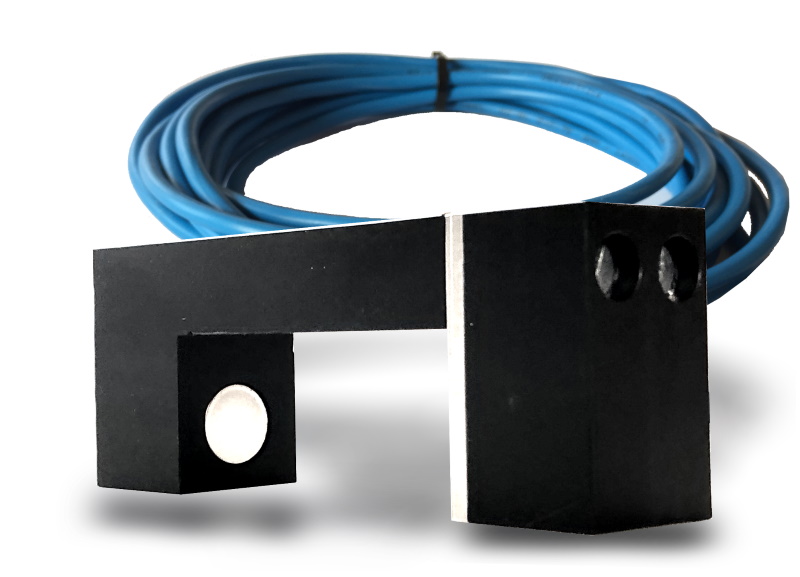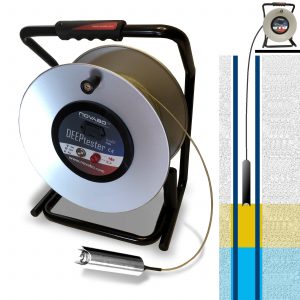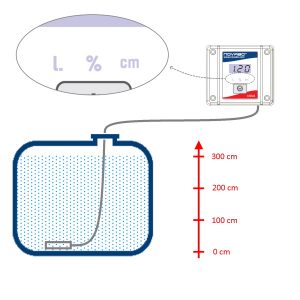Description

Interface detection
Two techniques are available for detecting the interface between immiscible liquids: ultrasonic attenuation and ultrasonic refraction. Ultrasonic attenuation is the reduction of the beam energy in its present form transmitted by the liquid. Viscous liquids, emulsions, and liquids with solid components generally have higher ultrasonic attenuation than clear, low-viscosity liquids such as water. When the damping difference is insufficient, the gain can be adjusted so that the ultrasound beam passes through the less damping liquid but is retained by the more damping liquid. The refraction technique is for level detection where two immiscible liquids have similar attenuation. When the sensor is directed at an angle of 10 degrees from the horizontal and the level of the transition between the two liquids is in the gap between the probe arms, the received signal is very small. The sensitivity of the probe can be set so that the controller activates a relay when a small signal is received.
Sludge measurement
Solids suspended in the liquid will scatter the ultrasonic rays, causing attenuation. This suppression depends on the size and nature of the particles. For typical sewage sludge, a Novabo ultrasonic probe can be used to detect from 1% to 30% of suspended solids. Often there are industrial suspensions such as fine clays measuring up to 65% by weight solids.





